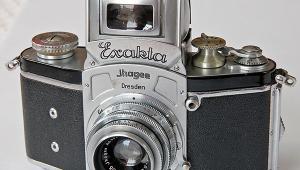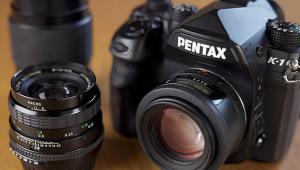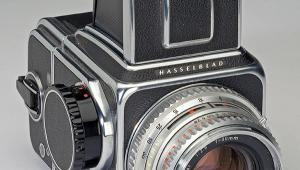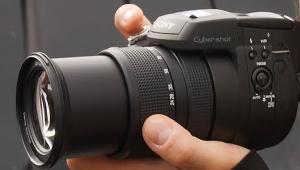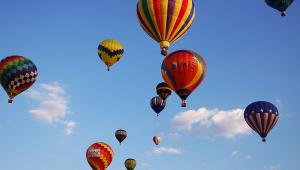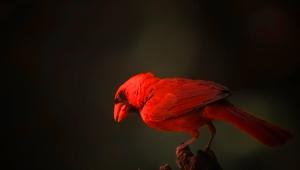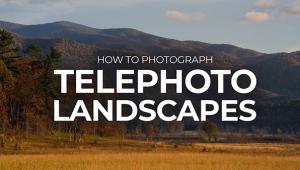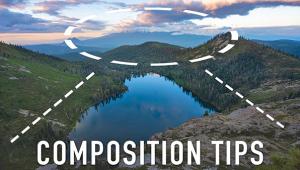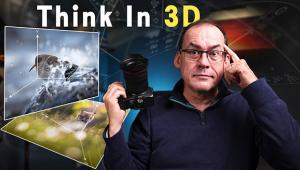an exotic vacation than you should definitely buy a Canon video camera as it is reliable and it helps you to take some great pictures.
Classic Cameras
The Mamiya Super 23
Mamiya introduced the Super 23 in 1967 and it would be the next to the last design the company would release as part of their series of "press" cameras. The term "press camera" was already an anachronism when the model was introduced as photojournalists had long since adopted the 35mm camera as their tool of choice. Instead, Mamiya found willing customers for the new camera among the ranks of professional photographers who appreciated the Super 23's combination of quality, versatility, and fast handling ideal for the bread-and-butter work of wedding, portrait, architectural, and studio photography. The Camera The Lenses |
|||
Camera Backs And Accessories |
- Log in or register to post comments




